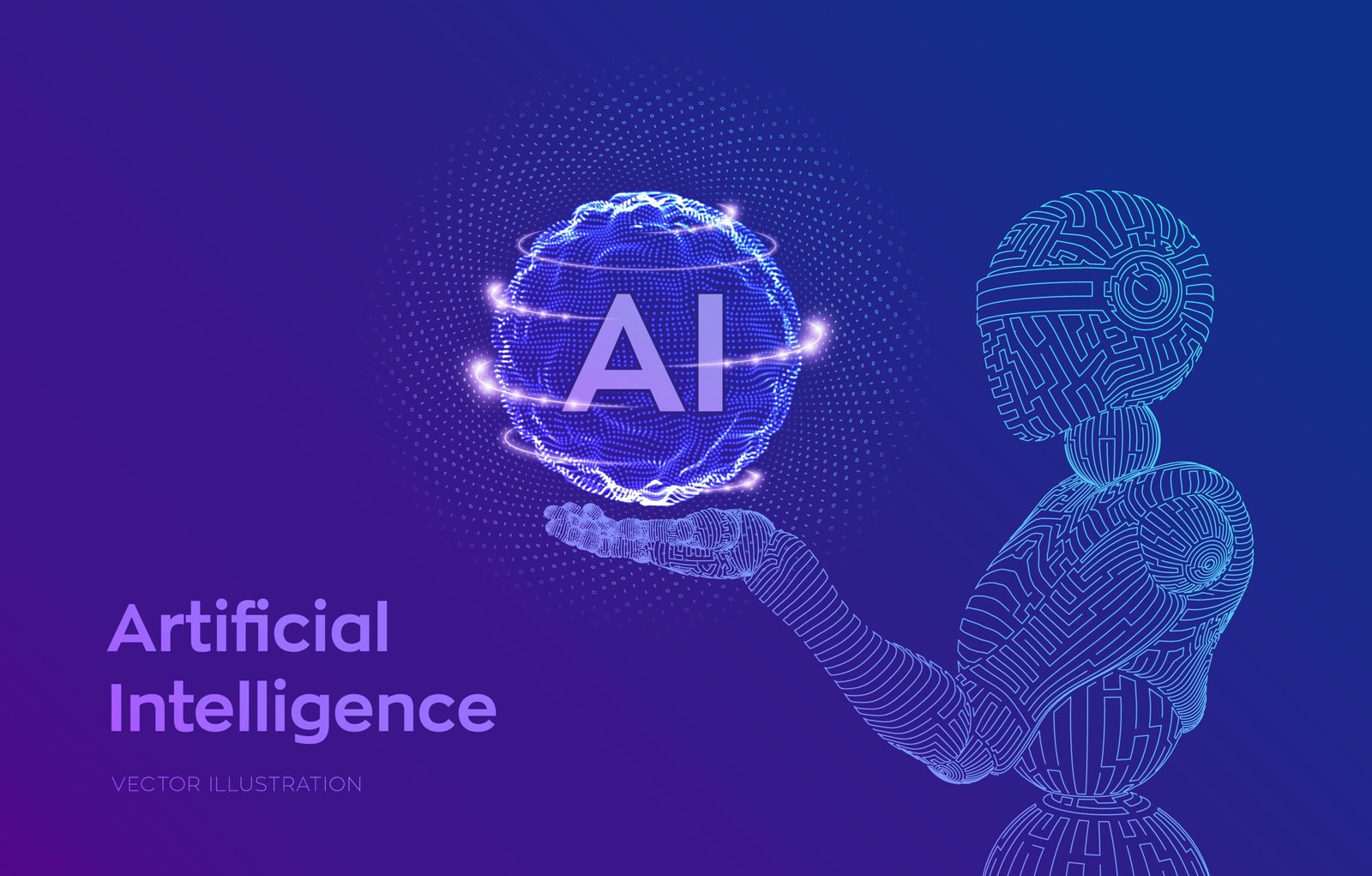Best Gaming Laptop 2024: MSI Thin GF63, HP Victus, ASUS TUF & More
Unleash unrivaled gaming performance with the best gaming laptops 2024. From cutting-edge graphics to lightning-fast processors, these gaming notebooks redefine immersive gameplay experiences. Dive into a world where speed, precision, and power converge to elevate your gaming adventures. Explore our in-depth reviews of each top pick below and find the perfect gaming laptop that matches your needs for unparalleled gaming excellence. Key Takeaways Consider Performance: Look for best gaming laptop 2024 with high-performance components like the 12th Gen Intel Core i7 or AMD Ryzen processors, NVIDIA GeForce RTX graphics cards, and a high-resolution screen for a smooth gaming experience. Prioritize Display: Opt for the best gaming notebooks with FHD 144Hz screens for crisp visuals and smooth gameplay. Focus on Storage and Memory: Ensure ample storage with SSDs like 512GB NVMe or 1TB PCIe, paired with at least 16GB DDR4 or DDR5 RAM for faster loading times and multitasking. Connectivity Matters: Check for features like Type-C ports, HDMI, Wi-Fi 6, and backlit keyboards for convenience and versatility. Cooling System: Consider laptops with advanced cooling systems like Cooler Boost 5 to prevent overheating during intense gaming sessions. Research and Compare: Before making a purchase, compare different models like MSI Thin GF63, HP Victus, ASUS TUF Gaming A15, Acer Nitro, HP Omen, and Lenovo Legion 5 to find the best fit for your gaming needs. MSI Thin GF63 15.6″ 144Hz Gaming Laptop: 12th Gen Intel Core i7, NVIDIA GeForce RTX 4050, 16GB DDR4, 512GB NVMe SSD, Type-C, Cooler Boost 5, Win11 Home: Black 12VE-066US The MSI Thin GF63 Gaming Laptop stands out with its powerful components designed to elevate your gaming experience. Featuring a cutting-edge 12th Gen Intel Core i7 processor, this laptop delivers exceptional performance that can handle even the most demanding games with ease. Equipped with an NVIDIA GeForce RTX 4050 graphics card, the MSI Thin GF63 inch gaming laptop ensures stunning visuals and smooth gameplay. Whether you’re exploring vast open worlds or engaging in fast-paced multiplayer battles, this laptop provides crisp graphics and immersive details that bring your games to life. One of the standout features of the MSI Thin GF63 is its Cooler Boost 5 cooling system. Designed to keep temperatures in check during intense gaming sessions, this advanced cooling technology prevents overheating and ensures optimal thermal management. Say goodbye to worrying about heat-related performance issues – this laptop keeps everything running smoothly so you can focus on enjoying your favorite games. With a spacious 512GB NVMe SSD storage capacity, you have ample space to store your game library, multimedia files, and essential documents without compromising on speed. The inclusion of Type-C connectivity adds versatility to your setup, allowing for seamless connections with various devices for enhanced productivity and convenience. The sleek black design of the MSI Thin GF63 exudes a modern aesthetic that complements any gaming setup. Its portable form factor makes it easy to take your gaming adventures on the go without sacrificing performance or visual quality. label/spec feature Processor 12th Gen Intel Core i7 Graphics NVIDIA GeForce RTX 4050 Memory 16GB DDR4 Storage 512GB NVMe SSD Display Size 15.6″ Display Refresh Rate 144Hz Connectivity Type-C port for high-speed data transfer Cooling System Cooler Boost 5 with dual fans, six heat pipes, and top power. Operating System Windows 11 Home HP Victus 15 Gaming Laptop, 15.6″ FHD 144Hz Display, AMD Ryzen 5 7535HS, 16GB DDR5 RAM, 512GB PCIe M.2 SSD, NVIDIA GeForce RTX 2050, HDMI, Webcam, Backlit Keyboard, Wi-Fi 6, Windows 11 Home, Silver The HP Victus 15 Gaming Laptop stands out with its powerful AMD Ryzen processor and NVIDIA GPU combination that ensures a seamless gaming experience. Equipped with an AMD Ryzen 5 7535HS processor and NVIDIA GeForce RTX 2050 graphics card, this laptop offers impressive multitasking capabilities and smooth gameplay at high settings. Whether you’re exploring vast open worlds or engaging in fast-paced multiplayer battles, the performance of this laptop keeps up admirably. One standout feature of the HP Victus is its Wi-Fi connectivity. With Wi-Fi-6 support onboard, you can expect faster internet speeds and more stable connections for online gaming sessions without interruptions or lags. This means you can stay competitive in your favorite online games without worrying about network issues holding you back. In addition to its powerful internals and reliable connectivity options, the HP Victus also boasts a vibrant Full HD display with a refresh rate of up to 144Hz. This top high refresh rate ensures that every frame is displayed smoothly on screen during intense gaming moments or when watching high-definition content. With ample storage space provided by a speedy 512 GB PCIe M.2 SSD and 16 GB DDR5 RAM, this laptop offers quick boot times and snappy responsiveness for all your applications and games. Moreover, the inclusion of features like an HDMI port for connecting external displays, a built-in webcam for video calls, and backlit keyboard for late-night gaming sessions enhance the overall user experience. Running on Windows 11 Home Edition,this laptop provides access to the latest features from Microsoft while maintaining compatibility with a wide range of software titles available today. label/spec feature Processor AMD Ryzen 5 7535HS (3.3 GHz base, up to 4.55 GHz max boost) Graphics NVIDIA GeForce RTX 2050 Memory 16GB DDR5 RAM Storage 512GB PCIe M.2 SSD Display 15.6″ FHD 144Hz Connectivity Wi-Fi 6 Operating System Windows 11 Home Color Silver Webcam Yes Keyboard Backlit HDMI Yes ASUS TUF Gaming A15 (2023) Gaming Laptop, 15.6” FHD 144Hz, GeForce RTX 4050, AMD Ryzen 7 7735HS, 16GB DDR5, 1TB PCIe SSD, Windows 11, Mecha Gray The ASUS TUF Gaming A15 laptop stands out with its AMD Ryzen 7 7735HS CPU, delivering powerful computing performance for gaming enthusiasts. This laptop undergoes rigorous MIL-STD-810H tests, ensuring military-grade toughness that can withstand demanding gaming sessions. Equipped with a MUX Switch featuring Advanced Optimus technology, the ASUS TUF Gaming A15 offers enhanced gaming performance by seamlessly switching between integrated and dedicated graphics. This feature optimizes power consumption while providing the best smooth gameplay experiences. The NVIDIA GeForce RTX graphics card in … Read more










